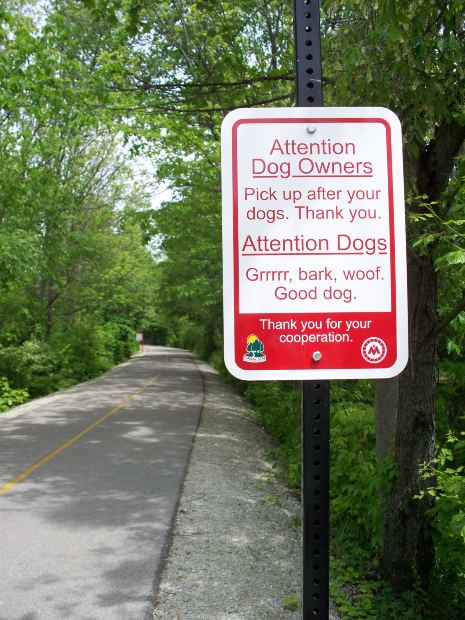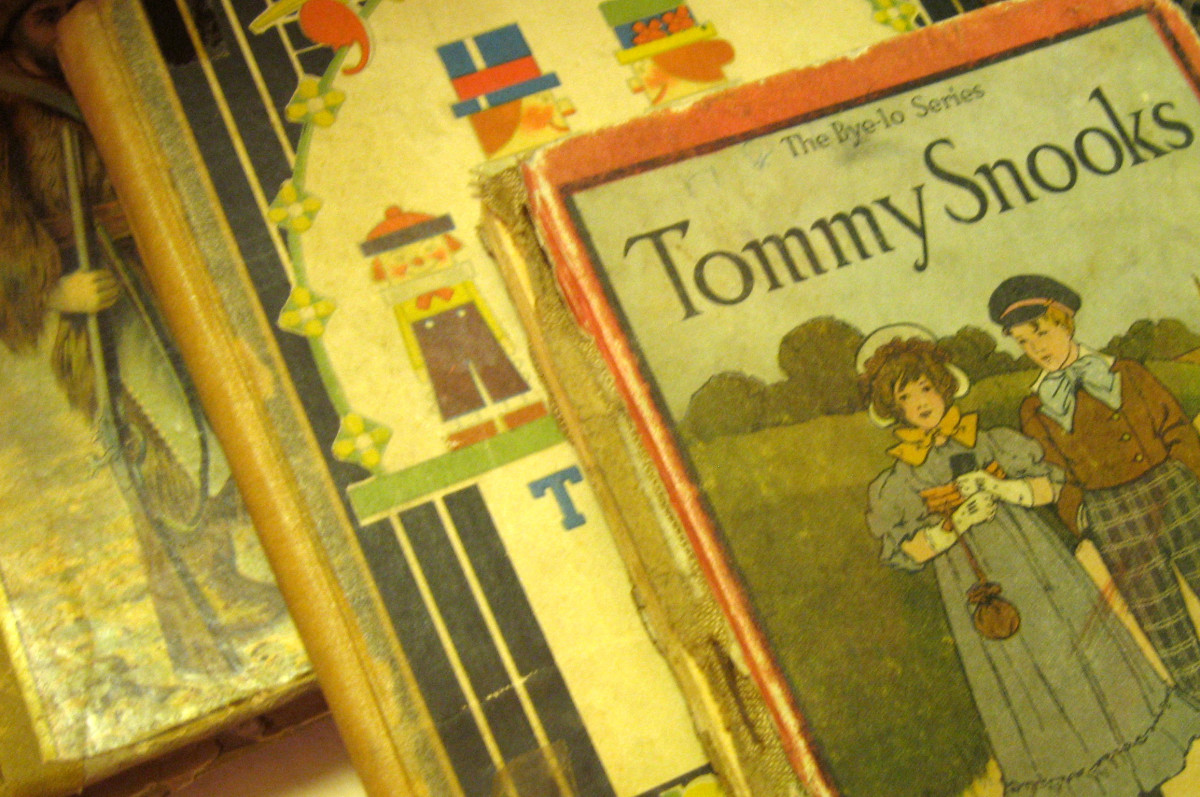3 Top Tips for Writing Winning Web Pages
Is Web Copy Different?
The simple answer is YES. People might spend only seconds browsing a web page, so the text has to be focused and informative. It still has to be good, but written from a slightly different angle.
Writing web pages takes a certain skill and approach.
If you write web copy, then chances are your writing will be trying to sell something for somebody. Most websites exist as online marketplaces. Some websites offer information only, but these are rare. Even in those cases something is being sold, whether it's an idea or a philosophy - and you'll usually find ads somewhere on the page.
Buying and selling has taken a whole new twist with the explosion of Internet technology, though, and it's probably here to stay. Here are three tips that will help you write better web copy and, ultimately, help your copy sell.

1. Write For The Customer
A great way to think of web copy is to imagine you're writing an ad for a business. Instead of putting it in the local newspaper, however, you're putting it online. You still need to appeal directly to the customer and make him or her feel special, just like a good newspaper ad would do.
One way to get the customer on your side is by focusing your attention directly at him or her. Rather than using the words "I' or "we" or "us" - aim to turn it round so it represents the customer's point of view. Try using the words "you" and "your" to instantly pull the reader into the picture.


An Example of Non-Focused Web Copy
Here’s an actual line from an estate agent’s web page, before they asked me to rewrite it:
- "The secret of our success we feel is the personal touch."
You can see straight away that it's all about them. Where is the customer in the phrase? He or she seems to have been forgotten about completely. A more customer-focused way of saying the same thing might be:
- "Get the property you want from the local agents with the personal touch."
Imagine if the sign in the park shown above took that approach...
- "We want our park to stay clean and tidy."
It just doesn't work, does it? No impact on YOU whatsoever.
2. Make Your Text Move
You've probably heard it before, but it's even more crucial online where every second counts. Follow Ernest Hemingway's advice and write short sentences and short paragraphs in vigorous English. Take out all the fluff, all the adjectives and adverbs, to leave crisp, clear language that readers will grasp immediately. It won't make your work less exciting; in fact, it will improve your writing to the umpteenth degree.
Here's another example from the same site referenced earlier:
- "We believe in sitting and listening to our customer’s needs."
There are a couple of things wrong here, the first being the word customer's, which implies they only have one of them. Aside from that, there are those words "our" and "we" again, with no mention of the reader at all. How much more appealing might it have been if it read as follows:
- "Relax in comfortable surroundings and chat with friendly, experienced staff."
Notice the verbs ‘relax’ and ‘chat’. Not ‘We’d like you to relax’ or ‘why not pop by for a chat’. The language is direct using simple, short words that make the text jump off the page.

Write the Heming-way!
- Use short sentences
- Use short first paragraphs
- Use vigorous English
- Be positive, not negative
Whenever possible try to write in a conversational manner and test it by reading it out loud. If anything seems clumsy or wordy, chop it down until it rolls off the tongue.
Also try to write sentences with different lengths. Although they might be grammatically correct and well structured, sentences that are all the same length begin to sound monotonous after a time. A few short, choppy sentences followed by one longer one will do the trick. For variety, you might like to start a sentence with a preposition. Or perhaps ask a question?

The Ultimate Copywriter
- The Ultimate Copywriter
Discover how to earn thousands - just by writing a simple sales letter! Comprehensive course unveils everything you need to know.
3. Keep Your Language Simple
When you write web copy, imagine you’re chatting with someone you know - or sending them an e-mail. "Speak" directly to the customer as if he or she was a neighbour, a close friend, or a member of your family. Assume the reader knows nothing about the topic you're writing about and needs to be informed quickly but adequately.
Use colloquialisms if the product and company’s image allow it, and try to personalize your text with contractions and natural forms of speech:
- "You won’t find a better deal anywhere."
- "Don’t miss out on this money-saving bargain!"
Another approach is to ask the customer questions that appeal to his or her emotions:
- "Are you ready to discover the secret to success?"
- "Could you use an extra $500 a month?"
These tactics work by getting the reader involved, communicating in his or her language without pretending to be something it's not. The more involved the reader becomes, the more likely that he or she will read on, and the better the chance that he or she will make the purchase or take the necessary action.
Web Writing Poll
Which of the following do you find hardest to achieve?
I hope these suggestions help you write copy that really performs. Remember that your goal when writing for the web is often to promote or sell something, whether that’s a business, a person or a product.
Focus on the person (or potential customer) stopping by to visit the page and write with him or her in mind. The more interesting and readable your writing is, the easier it will be to make that person take an action - to buy something, take a survey, fill in a form or download some software - and when that happens, everybody wins.
Further Reading
- How to Get Copywriting Clients
Want to know where to find copywriting clients? Discover the best sources online and offline, find out where to look, what to look for, and what you need to apply in the first place. - Online Copywriting Training
Online copywriting training should give you all the tools and techniques you need to succeed. Find out what to look for, the differences between free and paid training, and which additional resources you can use to enhance your learning. - How to Make Real Money as a Copywriter
How much do copywriters earn? How do you set copywriting fees? Find the answers to these and other copywriting questions inside! - How to Make a Copywriting Portfolio
How do you make a copywriting portfolio? Do you really need one, and what benefits can it bring you? Find out everything you need to know.








